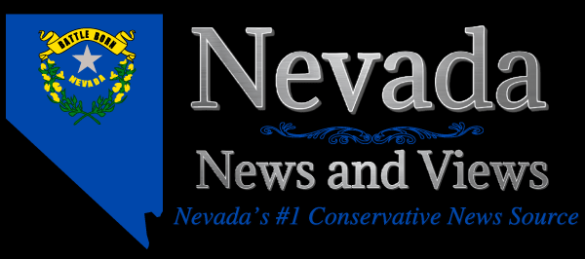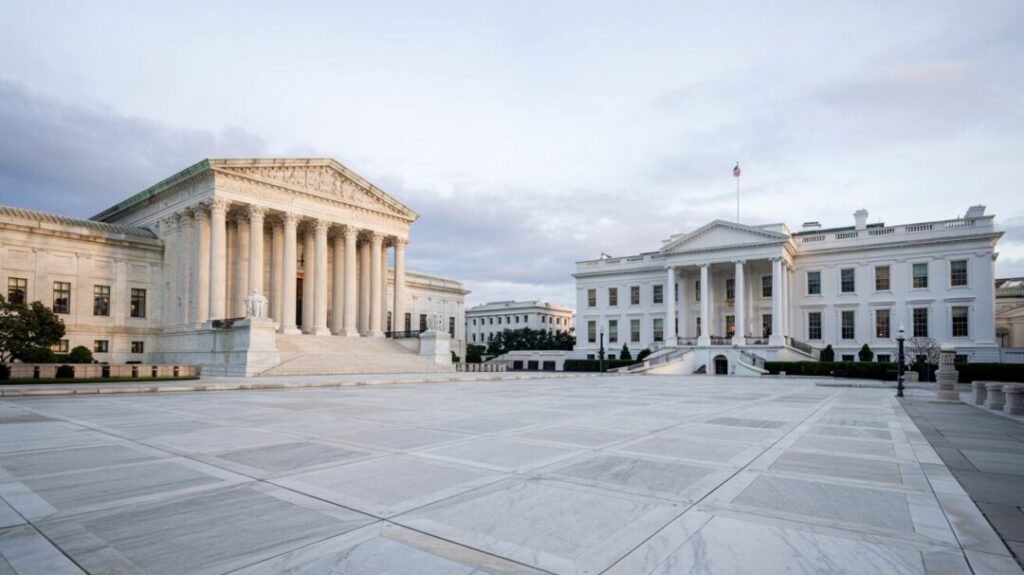By law, on Monday, October 6, the U.S. Supreme Court began its 2025-26 term that will be dominated by cases involving the actions of President Donald Trump.
At the beginning of this term, the court faces momentous decisions impacting the future of our democratic institutions.
To be sure, cases involving Trump have been important in the past.
In 2024, the court held in Trump v. United States that the president has broad immunity from criminal prosecution for official acts taken in office. Last term, in Trump v. CASA, the court ruled that federal courts cannot issue nationwide injunctions against presidential actions.
Cases in prior terms concerning Trump’s actions are just a prelude to this year.
Trump is seeking to greatly expand executive power and has taken many actions that are being challenged as illegal or unconstitutional, with over 300 lawsuits brought seeking to enjoin a multitude of Trump’s actions.
Twenty-three of these challenges have already come to the Supreme Court on its emergency docket involving his policies, with the court siding with Trump fully or partially 21 times.
In almost every instance, the court has stayed the lower courts’ preliminary injunctions stopping executive actions and ruled, 6-3, in favor of Trump, with the three liberal justices repeatedly outvoted.
The emergency docket is sometimes referred to as the shadow docket because the court considers emergency appeals with minimal briefing, often without oral arguments. Because of the expedited process, the court typically issues its emergency orders with little or no explanation.
The high court in those cases isn’t issuing final rulings, but its orders effectively decide whether Trump’s efforts can move forward for many months, or even longer.
This expansion boosts Trump’s power with administration officials knowing that they are likely to receive a stay on the emergency docket so they can implement controversial policies immediately and fight the legal battle with the policy already in effect.
But now several of these matters will be before the court on its “merits” docket. Under its normal procedures, the court considers about 70 cases a year, with each taking months of deliberations.
On November 5, justices will hear oral arguments, in Learning Resources, Inc. v. Trump and Trump v. V.O.S., on whether Trump had legal authority to unilaterally impose massive global tariffs on countless imports. The issue before the court is whether the International Emergency Economic Powers Act, which does not mention tariffs, nonetheless gives Trump the power to impose them.
Three circuit courts have ruled the president acted illegally in imposing these “reciprocal” tariffs, which are typically the domain of Congress. Still, the Supreme Court outcome is uncertain.
Another seminal case will test Trump’s removal power to fire top people at independent government agencies.
Trump has dismissed an array of officials ignoring a unanimous 90-year-old Supreme Court decision that said the president can only fire them for specific reasons, like malfeasance or neglect of duties.
Trump argues that there is a “unitary executive,” which grants him the power to fire anyone in the executive branch of government.
It now appears that a court majority accepts the “unitary executive” theory. Three times in recent months in cases on its emergency docket, the conservative justices have allowed Trump’s dismissals.
The court has granted review in one of these cases: Trump v. Slaughter, which involves the firing of a Federal Trade Commissioner. It will be argued in December.
The single outlier is the Federal Reserve, where the court suggests the Fed, unlike other agencies, is uniquely protected from political interference. In January, the court will consider Trump’s bid to remove Fed governor Lisa Cook.
Chief Justice John Roberts must navigate Trump’s testing of legal norms in which the executive is dominant and Congress all-but irrelevant. The profound question for this term— will the court serve as a check on Trump?
The opinions expressed by contributors are their own and do not necessarily represent the views of Nevada News & Views.




